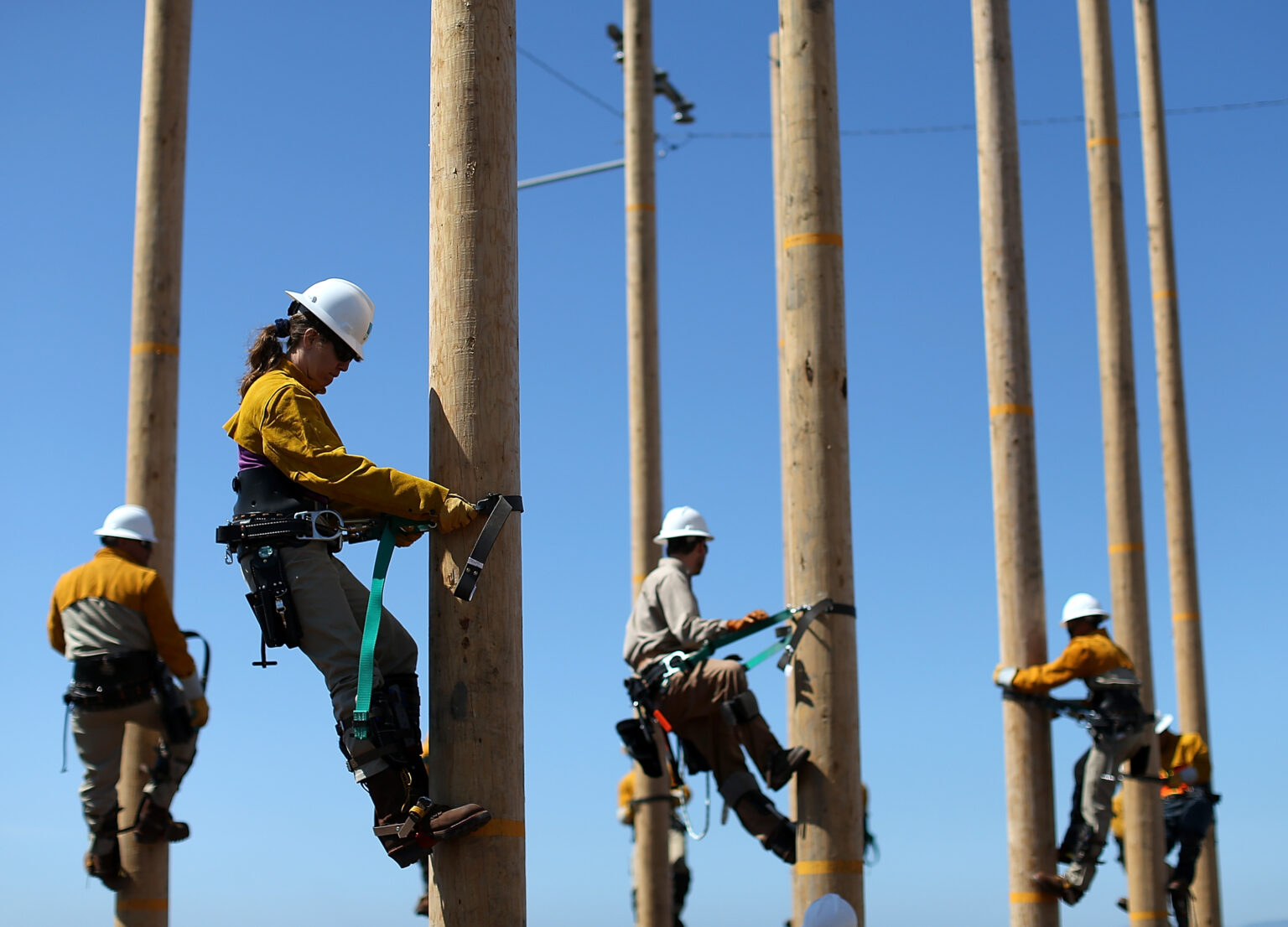In its continued turnaround from its 2019 bankruptcy filing, PG&E reported another year of record profit for 2023.
The company reported $2.24 billion in net profits, a 25% increase over the previous year. Much of that profit has been attributed to the rising cost of energy for PG&E customers. PG&E has a monopoly for the 16 million people which it serves, who have no other options. PG&E is California’s largest utility company.
In 2019, the company filed for Chapter 11 bankruptcy, citing over $30 billion in liabilities resulting from its wildfire lawsuits. PG&E was found liable for over 30 fires in Northern California, including the 2018 Camp fire that claimed 85 lives and destroyed the city of Paradise.
An investigation found that PG&E’s aging equipment directly caused the fire. It also brought PG&E’s history of negligence and malpractice to light.
Of the $30 billion, $11 billion went to insurance companies and investment funds, $1 billion to state and local governments, and $13.5 billion to victim claims.
Related: California Fire Insurance Costs Surge As Options Shrink
PG&E has since invested billions in upgrading and hardening its grid to prevent more wildfires, replacing and burying power lines, installing weather stations, and upgrading its equipment to reduce the risk of fire.
The company also ramped up vegetation management efforts around power lines and implemented a public safety power shutoff (PSPS), where power is deliberately cut during high-risk conditions.
PG&E has one of the highest electric rates in America. As of 2021, PG&E rates were 80% above the national average.
In 2023, the California Public Utilities Commission (CPUC) approved PG&E’s infrastructure plan, which led to customer bills rising by 13%. The company has also proposed another 11% hike for 2025, despite an 18% increase in 2024. According to PG&E, the rate hike is necessary to cover the costs of wildfire mitigation, infrastructure upgrades, unexpected expenses, and safety improvements.
However, the company resumed its quarterly dividend payments to shareholders in 2024 for the first time since 2018. The company is paying $0.01 per share for its 2.615 billion shares. That adds up to over $105 million in dividends paid annually.
While dividend payments are a normal corporate practice, the juxtaposition of record profits and shareholder rewards with rising consumer costs has sparked outrage.
Increased frustration over exorbitant utility bills led PG&E customers gathering in protest at the California State Capitol on 27 August. They called on Gavin Newsom and the state’s legislators to do something about PG&E’s monopoly on California’s energy market. Or at least, intervene on the company’s ability raise rates with impunity.
In 2019, San Jose Mayor Sam Liccardo initiated a proposal to turn PG&E into a customer-owned cooperative. Liccardo garnered backing from more than 110 elected officials representing the majority of PG&E customers and 21 other mayors.
But nothing came of it as PG&E refused to sell. The company even declined a $2.5 billion from the City of San Francisco to buy their electrical infrastructure.
Another contentious issue surrounding PG&E is the company’s significant spending on lobbying and political donations. In 2023 alone, PG&E spent millions lobbying state lawmakers and regulators, particularly the CPUC, to approve its rate hike proposals and protect its financial interests.
Critics argue that this spending has given PG&E outsized influence over state policy and regulation. These lobbying efforts have allowed it to continue operating without meaningful oversight despite its role in the state’s wildfire and monopoly over a critical resource for million of people.
Through rate hikes, in effect, PG&E transfers the costs of its wildfire liabilities and political lobbying onto its captive consumers.
Related: 7 Members of Congress Making Eye-Watering Returns in the Stock Market


